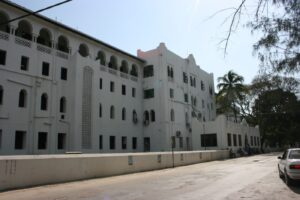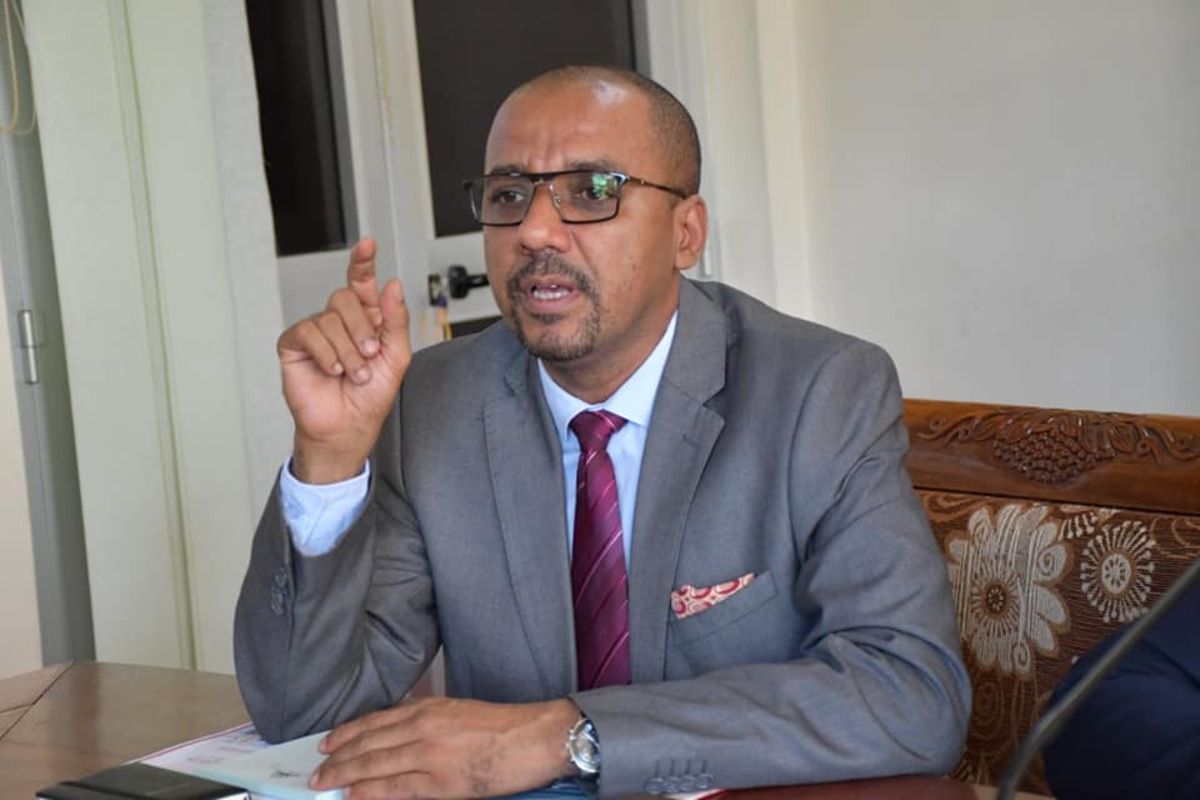Basically, CRDB shareholders’ Annual General Meetings (AGMs) are held in May in Arusha, where they approve, among other things, their dividends.
This time around, the amount to be shared will rise, thanks to a 31 percent increase in net profit for the calendar year 2022.
The Dar es Salaam Stock Exchange (DSE)-listed lender registered a record net profit of Sh353 billion in 2022, up from Sh268 billion in 2021.
The results were driven by an increase in revenue following concerted efforts to grow the non-funded income stream.
CRDB’s non-funded income grew by 13 percent year on year to Sh400 billion from Sh354 billion in the preceding year.
Abdulmajid Nsekela, managing director of CRDB Bank, attributed the performance to increased transaction volumes, primarily through digital channels.
“We have been pushing digital channels for banking throughout the pandemic and post-pandemic, and that has contributed to the growth of the business,” he said.
Mr Nsekela said the bank also witnessed a growth in the usage of SimBanking, Internet banking, cards and agents throughout the year.
“With the exception of cards, all those services have been linked to private and government payment systems, which has led to an increase in transactions there,” he said.
In what explains the quality of CRDB Bank loans, the lender also reported the ratio of its Non-Performing Loans (NPLs) to total gross loans at 2.8 percent in December, 2022, declining from 3.3 percent in 2021.
NPLs at commercial banks are restricted by the Bank of Tanzania (BoT) to a maximum of 5 percent of total gross loans.
In line with a requirement to effectively manage operating costs, CRDB Bank Plc has also cut its cost-to-income ratio to 49.4 percent in 2022, from 55.30 percent in 2021.
The BoT mandates that commercial banks and other financial institutions keep their cost-to-income ratios at not more than 55 percent.
The published figures indicate that CRDB Bank has had a lot of good stories to tell with regard to the execution of its five-year strategic plan for (2018 to 2022) which ended in December, 2022.
Within the past five years, CRDB Bank’s net profit rose from Sh64 billion in net profit in 2018 to the current Sh351 billion.
Having performed well across all the parameters, CRDB Bank has also finalised its entry into the Democratic Republic of Congo (DRC) market.
This is meant to increase the lender’s visibility and position it as a facilitator of business activities across Tanzania’s borders. In the past five years, the bank reported having secured over Sh1 trillion in funds from international partners to increase its capability to serve market needs.
Share this news
This Year’s Most Read News Stories

Zanzibar airport monopoly puts 600 jobs at risk
On September 14, 2022, the director general of ZAA issued a directive that gave Dnata Zanzibar Aviation Services Limited an exclusive access to the newly constructed Terminal III, barring other operators.Continue Reading

Huduma Zimezorota Hospitali Ya Rufaa Mnazi Mmoja Zanzibar
Huduma katika Hospitali ya Rufaa ya Mnazi Mmoja Zanzibar zimezidi kuzorota huku wananchi wengi wakilalamikia uongozi wa Hospitali hiyo na watendaji wake.Continue Reading

Zanzibar free from outbreak of Marburg virus
The Zanzibar government has on Friday April 7 assured international travelers that the Isle is safe and open for business.Continue Reading











